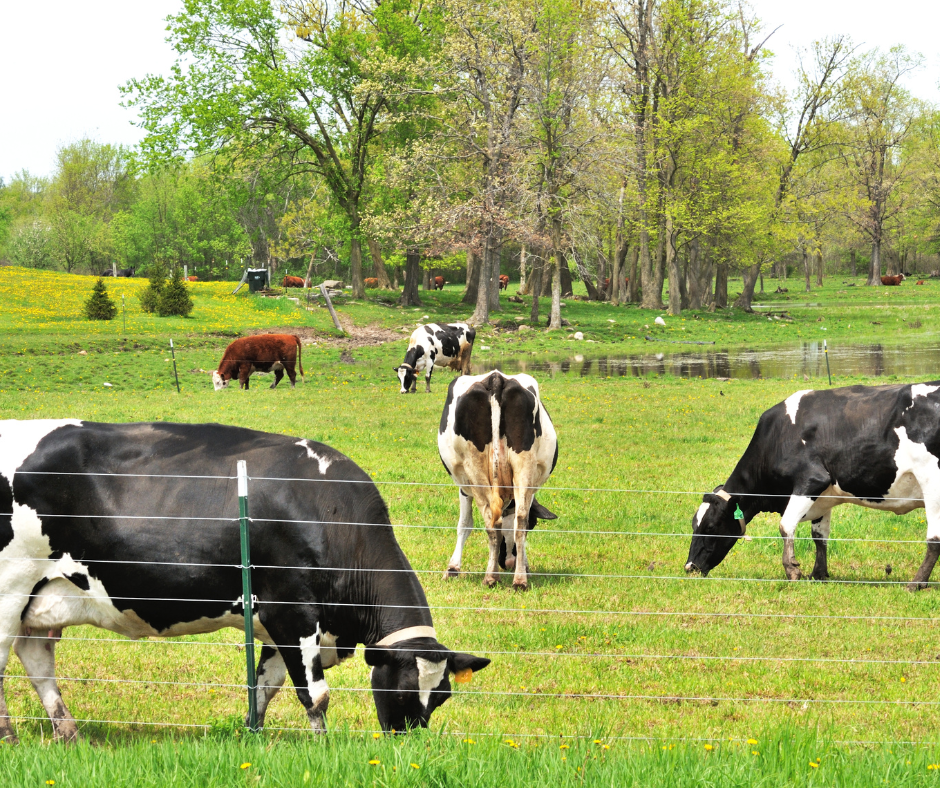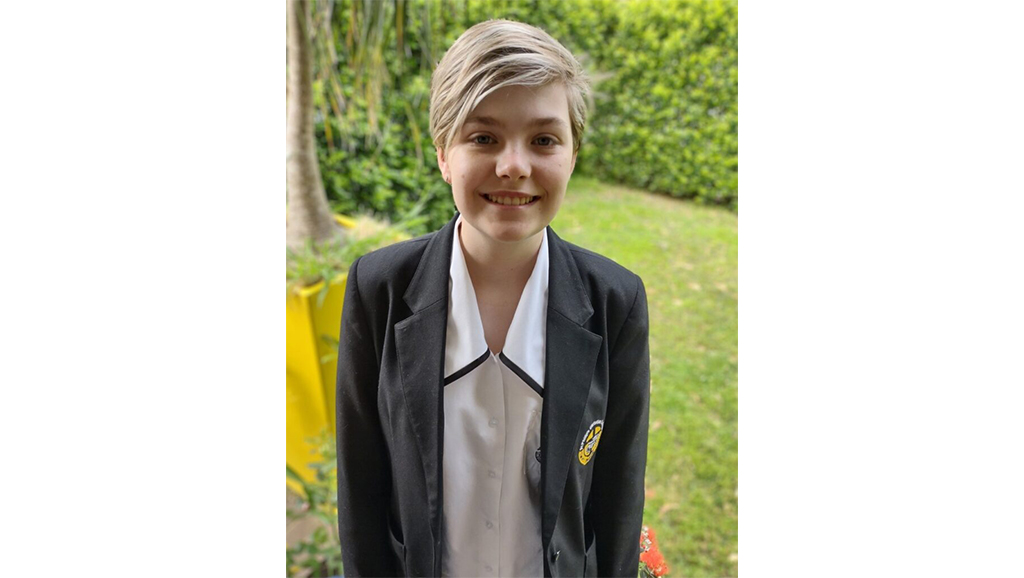By Dr Greg Pritchard

In his poem Respondez! American poet Walt Whitman wrote “let the cow, the horse, the camel, the garden-bee—let the mudfish, the lobster, the mussel, eel, the sting-ray, and the grunting pig-fish—let these, and the like of these, be put on a perfect equality with man and woman!
This
Is about death.
Not yours or mine, but both will come soon enough.
Not of Whitman’s, who has long passed.
It is about the death of animals.
One of my favourite Australian paintings is Elioth Gruner’s Spring Frost painted plein air on Emu Plains in 1919.
In this work the dawn light casts long shadows on the fence posts and the cows’ legs. You can see the cow’s breath on the frosty morning.
This idyllic scene is what many people think are the conditions in which their milk is made, and their steak farmed.
Even in the Riverina you can drive past hectares of seemingly content cows grazing on the undulating hills,
And never know the truth, unless you go to Merungle Hill near Leeton or Prime City near Tabbitha west of Griffith,
where many thousands of cows are crammed in together and there is a stench of manure and fear.
There was headline on April 10th that Over Eighteen Thousand Cows Died in a Texas Dairy Farm blaze.
Over
8000
Reports say this is one of most devastating US barn fires involving cattle.
One of? most devastating?
Reports also say 6.5 million farm animals have died in such fires in the last decade.
Another article blamed the deaths and fire on their farts.
But it is not just this tragedy.
Wild mammals’ biomass is now only four and half percent of global biomass of mammals.
And over half of that represents marine mammals.
Livestock and pets make up 62 percent of global biomass with cattle comprising a massive 35 percent.
Second only to humans at almost 40 percent.
Which is to say there is almost ten times as many humans on the earth than there are wild mammals.
It takes an area slightly over the size of South America to grow crops and an area slightly less than that of Africa for grazing livestock.
Livestock takes up nearly 80 percent of global agricultural land yet produce less than 20 percent of the world’s calories.
Last year Australians consumed more than 2.5 billion litres of drinking milk, only a third of raw milk produced in Australia.
And Australia continues to be one of the world’s top meat-eating countries, with an annual consumption of close to 90 kilograms per person.
Last year, around 2.5 million cattle were slaughtered in Australia.
For the Black Summer Vigil in early April this year, environmental activist Jacqui Katonaan delivered the eulogy written by Alexis Wright for the estimated three billion animals that burned in the devastating fires three years ago. It is also estimated that 240 trillion invertebrates also died.
If we valued the larger animals at $100 an animal, it would be the same cost as the AUKUS submarines.
And I know which I would rather have.
Wright wrote “what can one human being say to this unimaginable loss, when I know in my heart that the human world did not do enough to prevent this disaster? A disaster brought on by the global warming emergency.”
As easy as it is to blame Run Away Scotty for being in Hawaii, it is governments inaction over many years that has led to the situation we are now in.
Wright continues to say that we are already broken by this relationship with the traditional owners of country and became more broken while witnessing the unfathomable scale of the firestorm tragedy.
She writes, it was “A tragedy that took away the fresh breath of the natural world. A tragedy that took away the sound of this country’s natural music.”
Famously, German philosopher and composer Theodor Adorno said that it was barbaric to write poetry after Auschwitz.
As poets and writers, how do we write about the loss of nature to feed humans?
How do we write about over eighteen thousand cows burned to death in a farm fire?
Dr Greg Pritchard is multi-disciplinary artist with a long history as a performance artist, writer, digital media artist and conceptual artist. He has worked independently and as part of various collectives and partnerships to produce works that range in scale from the giant celebratory spectacles of Nati Frinj and Poppet Bendigo to solo site-specific works on salt lakes and golf courses.
He is an experienced teacher and arts administrator, and has a Doctorate in Literature and Environmental Philosophy (Deakin) and a Masters of Art (Art in Public Space – RMIT). He is currently the office manager for the Booranga Writers’ Centre in Wagga Wagga and producing projects in both NSW and Victoria.


